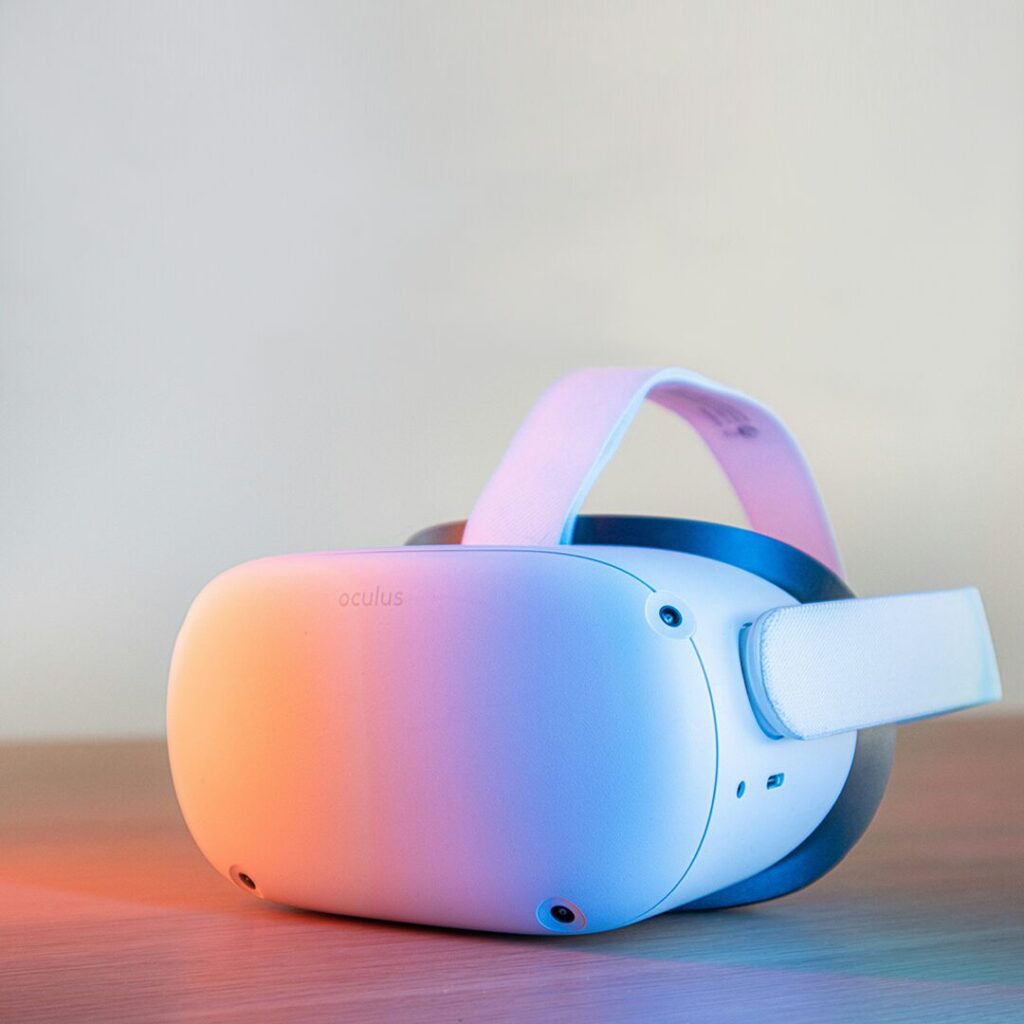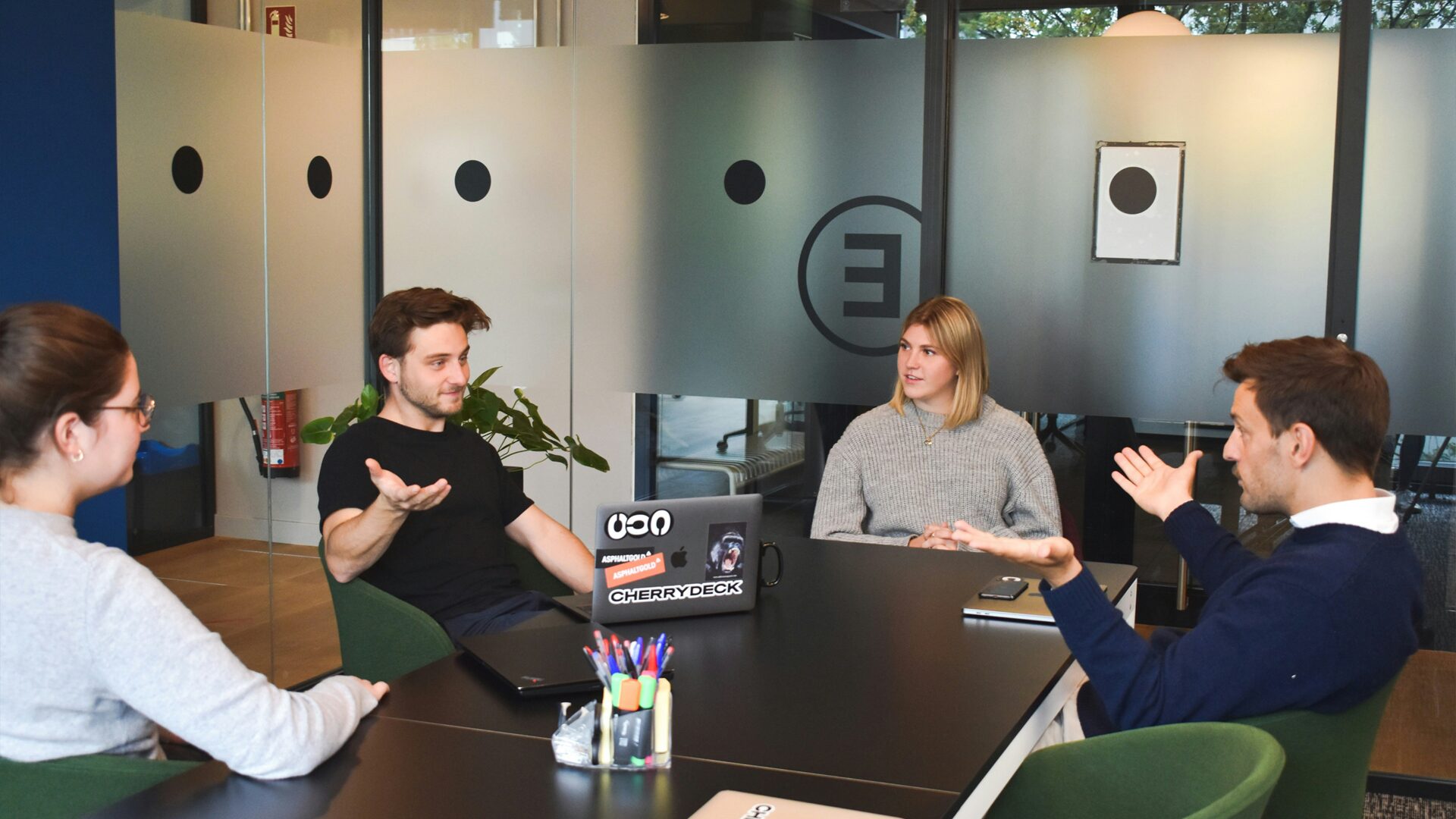User experience designers are at the forefront of creating meaningful digital interactions. With technology evolving at a rapid pace, user experience designers must constantly adapt to new tools and trends to ensure optimal user engagement. This article explores the future of UX design, the integration of emerging technologies, and how these shifts are influencing the role of user experience designers globally.

1. The Role of Emerging Technologies in UX Design
Emerging technologies like augmented reality (AR) and virtual reality (VR) are reshaping digital experiences. User Experience designers now face the challenge of crafting seamless, immersive environments that transcend the boundaries of 2D screens.
AR and VR in UX Design
In AR, User Experience designers must consider spatial awareness, gesture-based controls, and real-world context. VR design, on the other hand, requires crafting fully immersive experiences, demanding attention to elements like depth perception, motion, and user interactions within a 3D space. For instance, a VR shopping app must ensure intuitive navigation while maintaining realistic environmental feedback. The ability to create frictionless interactions in these new dimensions is quickly becoming a sought-after skill in UX.

2. AI and Machine Learning in UX Design
Artificial intelligence (AI) is no longer a distant concept but an essential tool in modern UX design. With AI, User Experience designers can harness data-driven insights to offer personalized user experiences. Machine learning (ML) algorithms track user behavior, allowing interfaces to adapt dynamically to individual needs.
AI-Powered Personalization
Netflix’s recommendation system is a prime example, where AI analyzes user preferences to suggest content. Similarly, AI chatbots are integrated into user interfaces, providing instant customer support. For User Experience designers, the challenge lies in designing human-centric AI experiences that balance automation with emotional intelligence, ensuring users feel understood rather than managed by a machine.
3. Cultural Influence on Global UX Design
As companies expand globally, UX designers must be attuned to cultural nuances that affect user behavior. The way users interact with digital products can vary greatly across different regions, making cultural sensitivity crucial in design.
Localization of UX Design
Designers creating for international audiences must consider language differences, symbols, and color interpretations. For instance, colors like red, which symbolize good fortune in China, may be associated with danger in Western countries. Successful global products like Airbnb have perfected the art of localization, providing region-specific content while maintaining a cohesive brand experience. User Experience designers are tasked with balancing universal usability with culturally tailored design elements.

4. UX for Emerging Markets:
Designing for emerging markets comes with unique challenges, from technology constraints to varying user literacy levels. As more users in these markets come online, UX designers are crafting solutions that cater to mobile-first environments and low-bandwidth connections.
Mobile-First UX
In markets like India or sub-Saharan Africa, mobile phones are the primary means of internet access. UX designers need to optimize websites and applications for mobile use, ensuring fast load times, minimal data consumption, and easy navigation. For example, Facebook Lite is designed specifically for users with slower internet connections, delivering core functionalities while being lightweight.
5. The Future of UX Tools and Software
The UX design landscape is continually shifting, and staying ahead of the curve means embracing cutting-edge tools that streamline design processes. Tools like Figma, Axure, and Adobe XD enable collaboration and rapid prototyping, making them invaluable to UX designers.
Collaborative Design Platforms
Figma stands out as one of the most widely used collaborative platforms, allowing real-time collaboration between designers, developers, and stakeholders. This trend of integrated collaboration tools is set to continue, enabling seamless handoffs from design to development. As UX design becomes more collaborative, these platforms will only grow in importance, fostering teamwork across departments.
6. Sustainability and UX Design
As the world shifts towards more eco-friendly solutions, sustainability is becoming a priority in digital design. UX designers play a role in developing digital products that minimize environmental impact through energy-efficient coding, server use, and resource-light interfaces.
Eco-Friendly Digital Products
Sustainable UX involves not only the design of green products but also the creation of experiences that encourage users to adopt eco-conscious behaviors. For example, digital products like Ecosia—a search engine that plants trees for every search made—integrate sustainability into the very core of their design. UX designers are tasked with creating such experiences while ensuring they are intuitive and effective.
7. Accessibility and Inclusivity in UX
Inclusivity is no longer an option but a necessity in digital design. UX designers must create interfaces that are accessible to all users, regardless of their physical abilities or technological limitations.
Designing for Accessibility
Accessibility goes beyond adding alt text to images; it’s about creating a user interface that everyone can navigate easily. Tools like contrast checkers and screen readers are becoming essential in the design process. Companies like Microsoft are leading the charge in inclusive design, offering products that prioritize accessibility from the ground up. UX designers must ensure that inclusivity is not an afterthought but a core design principle.
8. The Hybrid Role of User Experience Designers
The role of UX designers is evolving into a more hybrid model, where they are expected to possess multiple skill sets. Today’s UX designer often acts as a researcher, strategist, and sometimes even a UI designer.
Multidisciplinary UX Roles
With the lines between UX, UI, and product design blurring, UX professionals need to adapt to this multidisciplinary demand. A UX designer who can conduct user research, build wireframes, and work closely with developers is becoming the industry standard. This evolution is reshaping career paths in the UX field, with professionals expected to be more versatile and agile.

Conclusion ”User Experience Designers”
As technology advances, the role of UX designers will continue to evolve. From designing immersive experiences in AR and VR to addressing accessibility and sustainability, UX designers are expected to be adaptable and forward-thinking. By embracing emerging trends, they can create more engaging, inclusive, and efficient digital experiences that cater to the needs of a diverse and dynamic user base.
Until next time explore webkeyz’s case studies
and Keep Thinking!





